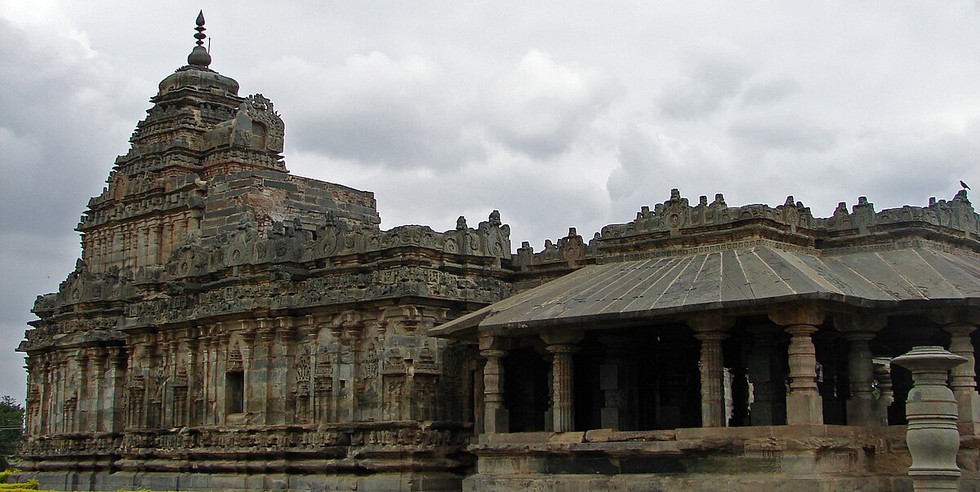About Chalukya Dynasty:
- The Chalukyas ruled over the central Indian plateau of the Deccan between the sixth and twelfth centuries. During that period, they ruled as three closely related but individual dynasties.
- The Chalukyas of Badami, who ruled between the sixth and eighth centuries, and the two sibling dynasties of the Chalukyas of Kalyani, or the Western Chalukyas, and the Chalukyas of Vengi, or the Eastern Chalukyas.
Key Facts about Chalukyas of Kalyani:
- Primarily a Kannadiga dynasty, they were known after their capital city, Kalyani. It is present in the modern-day Bidar district of Karnataka.
- The empire was established by Tailapa II when the Western Chalukya was a feudatory of the Rashtrakuta Empire and Tailapa II governed Tardavadi in the Bijapur district of Karnataka.
- In the 300 years long rule in the western Deccan and southern part of the Indian peninsula, Chalukya of Kalyani expanded and reached the zenith of power during the rule of Vikramaditya VI (1076-1126 CE).
- It is considered the most successful period of the later Chalukya rulers in Karnataka’s history and many scholars refer to this period as the ‘Chalukya Vikrama era’.
- Vikramaditya VI was not only controlling feudatories in the northern region, such as Kadamba Jayakesi II of Goa, Silhara Bhoja and the Yadava King; he won several battles against the Chola dynasty. He won the battle of Vengi in 1093 and defeated Cholas again in 1118. He gained the rights on territories amid hostilities with the Cholas.
- Decline:
- After Vikramaditya VI’s death, the consistent confrontation with the Chola dynasty exploited both empires and gave opportunities to their subordinates to rebel.
- After 1126, the Western Chalukya empire started declining, and by the time of Jagadhekamalla II, everything was falling apart.
- Administration, Art, and Architecture:
- The king passed his powers to the male heir and brother in the absence of a male heir. The whole kingdom was divided and managed by feudatories such as the Hoysala and the Kakatiya.
- While the Chalukya Dynasty maintained a great army of infantries, cavalries, elephant units, etc, the Western Chalukyas followed the trend and achieved a great extent of power.
- They were primarily Hindus but also acknowledged and tolerant of Buddhism and Jainism. The Chalukyas contributed greatly to the development of Kannada and Telugu literature.
- The Western Chalukya minted punch-marked gold coins called pagodas with Kannada legends. Coins were minted, and cryptograms of temples, lions, and lotus were imprinted on them.
- Their architecture is a link between the Badami Chalukya architecture of the 8th century and the Hoysala architecture of the 13th century. Their art is also called the ‘Gadag style’ because numerous temples were built in the Tungabhadra-Krishna doab region in the present-day Gadag district.
- Their temples depict both religious and secular themes. The Mallikarjuna temple of Bellary, Siddeshvara temple in Haveri, Kallesvara temple in Davangere district, etc are a few of the finest examples of later Chalukya architecture.
